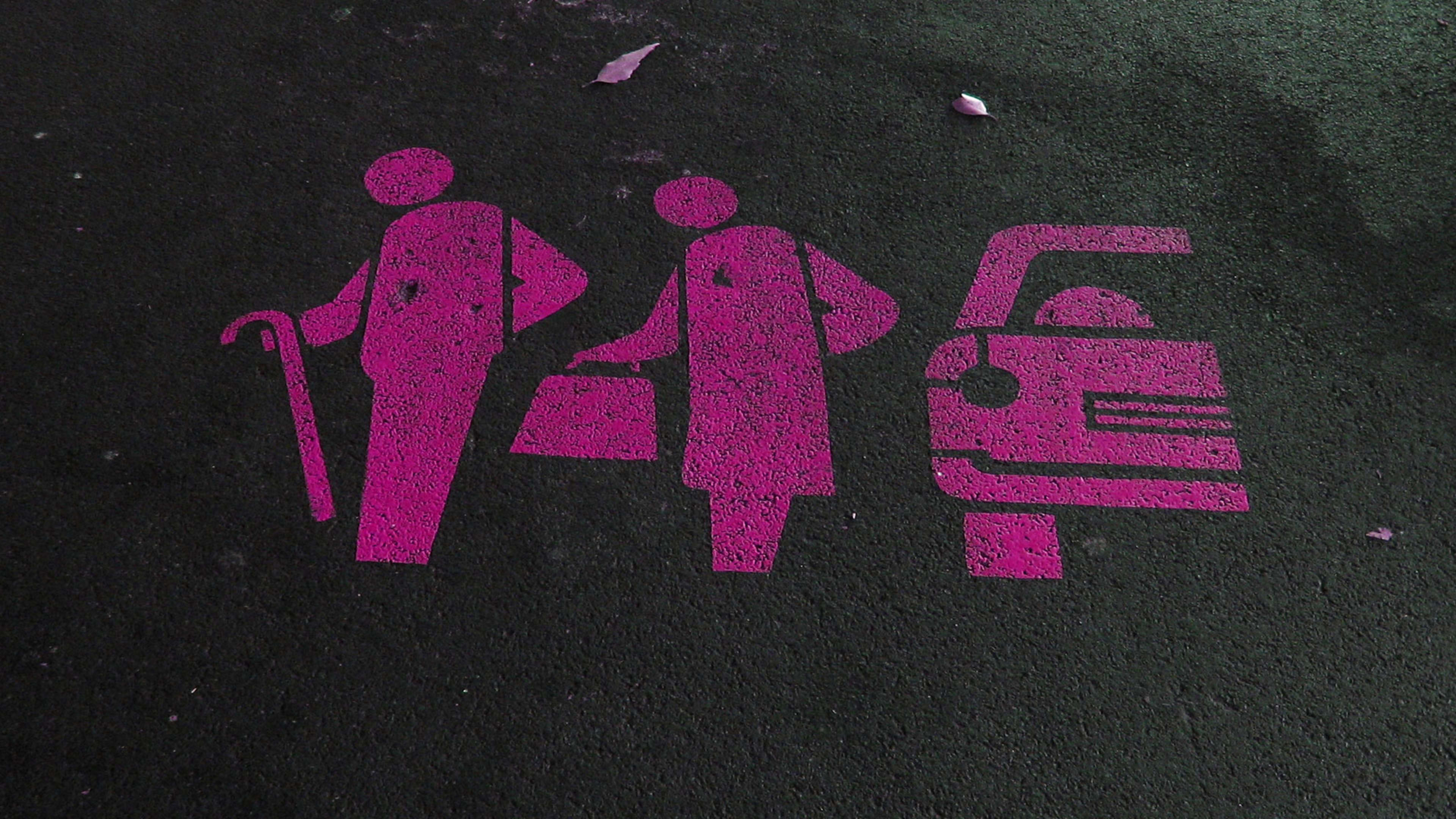Lyft is targeting a new customer: your grandma.
The on-demand car service has announced a pilot program in conjunction with the University of Southern California Center for Body Computing to study and connect senior citizens with transportation.
In collaboration with UnitedHealthcare, the AARP Foundation is providing a $1 million grant to the Keck Medicine of USC to test the impact of providing free Lyft rides on the health of elderly USC patients and other senior citizens within the greater Los Angeles area.
The program will also outfit riders with wearable devices to track behavior patterns and offer a concierge-style phone number participants can call for pickups, in case they’re uncomfortable with smartphones.
The goal is to study older populations and learn how to build new products and services to meet their needs, says Dr. Leslie Saxon, executive director of the USC Center for Body Computing. Several million senior citizens miss medical appointments each year due to a lack of accessible and affordable transportation, with no-show rates hovering at 30% for sub-specialty doctor appointments, according to a recent study.
Not to mention that without adequate socialization opportunities, seniors are more prone to depression, isolation, and declining health.
“It’s not just missing doctors’ appointments,” Saxon tells Fast Company. “What really determines survival in an aging population is socialization–it’s any trip out of the house, and how active you are. That is the No. 1 determinant of basically who lives and who dies.”
According to a 2015 research study by the Surface Transportation Policy Project, more than half of the U.S. non-driving population age 65 and over stays home on any given day because they don’t have transportation. They make fewer trips to the doctor (15%), to shop or eat out (59%), and for social, family, and religious activities (65%) than drivers in the same age group.
The pilot program is set to launch this fall with a group of Keck Medical Center of USC patients aged 60 and up who have missed at least two doctors’ appointments within the last 12 months.
The test group will receive unlimited rides for medical and non-medical appointments, and be given FitBits to wear daily.
“That gives us an opportunity to really get inside their homes and inside their heads to really help understand what their limitations are, and educate them on how to access digital tools at their disposal,” explains Saxon.
Saxon was personally interested in this program after having to care for her own aging mother, who found difficulty securing transportation.
With a program like this, Saxon says, senior citizens can regain their independence and confidence.
“It preserves the integrity and autonomy of an aging person,” says Saxon. “It doesn’t diminish them or make them dependent. They don’t have to call their kids or show that vulnerability.”
After launching in L.A., the program will expand to other regions in the country–including Chicago and Atlanta–in early 2018. In total, the USC Center for Body Computing plans on tracking and studying several hundred participants, then collaborating with Lyft to establish guidelines and services to best serve aging adults.
“It is incredibly, incredibly important that we provide better access to transportation to those populations,” says Dan Trigub, who leads healthcare partnerships at Lyft. “We know without a doubt that within healthcare we can have a tremendous impact.”
Lyft is specifically partnering with several different organizations and companies, including AARP and various senior living communities, to improve their concierge call service. Last year, Lyft partnered with Brookdale Senior Living, one of the largest operators of senior living facilities in the country. (In 2015, Uber also announced efforts to better bridge their product with aging populations). Throughout these partnerships, Lyft is gathering information on how their service can improve senior citizens’ standard of living.
This program plays into Lyft’s narrative of moving beyond a car-sharing app and more into a utility serving all aspects of a community. The brand, which launched by offering riders friendly fist bumps, has been working hard to convince customers that it is serious about fostering community. Earlier this week, Lyft announced a new expansion plan to reach rural and unserved areas, which some saw as a step toward better-serving lower-income communities.
With this new program for seniors, Lyft is not only potentially increasing their future customer base and polishing its brand image, but also helping the greater medical community as well.
“We’re going to take our time, really understand it, test it, make sure it’s right and people get it, then measure the outcome,” says Saxon of the study. “I think it will be the beginning of a really productive research franchise. I’m hoping it makes a huge difference for aging citizens.”
Recognize your brand’s excellence by applying to this year’s Brands That Matter Awards before the early-rate deadline, May 3.
